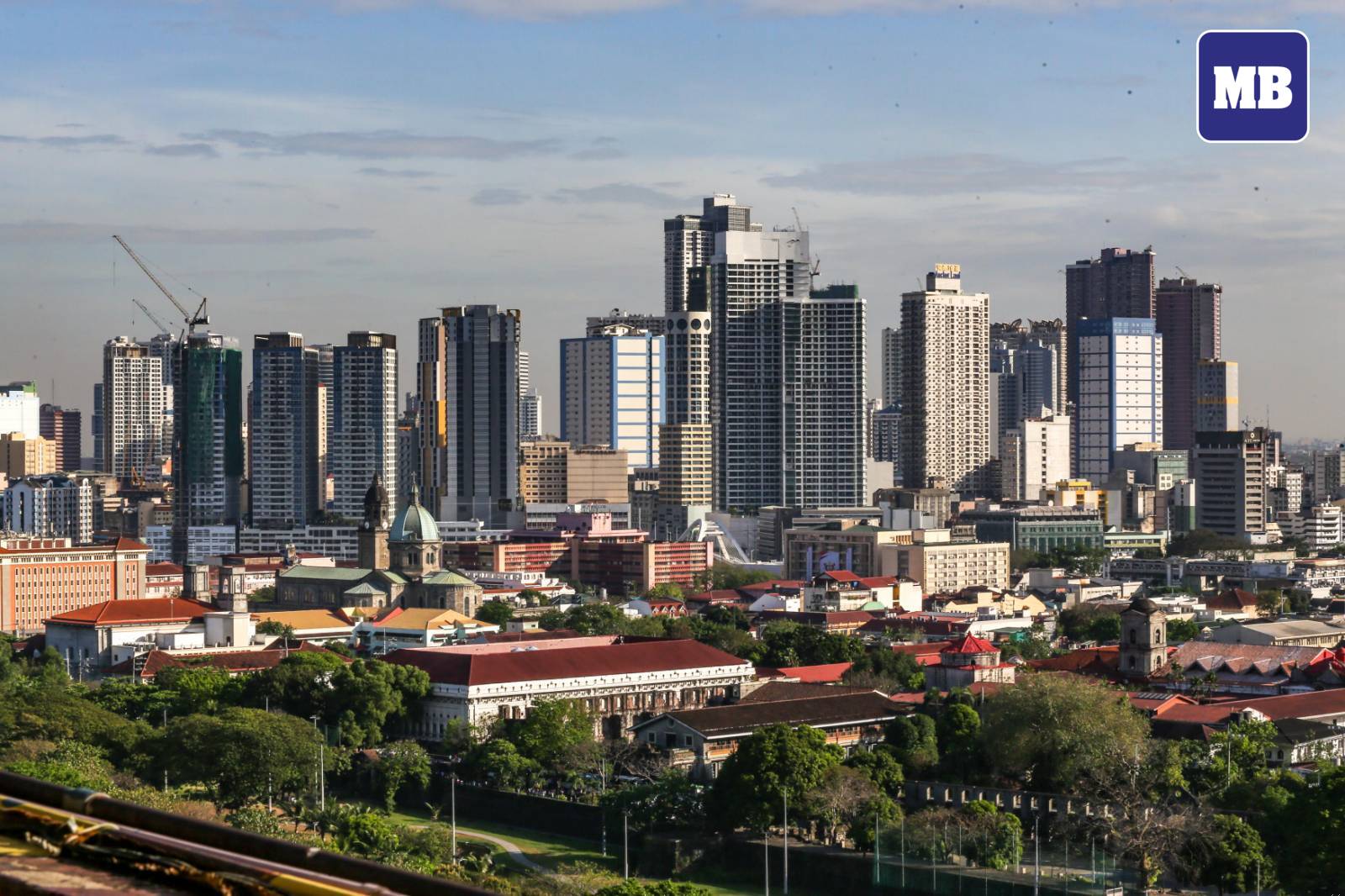UNESCAP retains 6.1% growth forecast for Philippines despite 2025's challenges
After playing second fiddle, Philippines seen to match regional best performer Vietnam's 6.3% growth by 2026

Despite weaker-than-expected growth in 2024, the United Nations Economic and Social Commission for Asia and the Pacific (UNESCAP) forecasts the Philippine economy to accelerate past six percent this year and reach 6.3-percent growth next year, matching the pace of Vietnam.
According to the 2025 edition of UNESCAP’s Economic and Social Survey of Asia and the Pacific report, published Tuesday, April 8, the Philippine and Vietnamese economies are projected to expand by a similar pace in 2026, making them the fastest in Southeast Asia.
Last year, UNESCAP overestimated the Philippine economy to grow by six percent, as actual gross domestic product (GDP) growth expanded only by 5.7 percent, failing to meet the government’s downscaled target of six percent to 6.5 percent.
Despite the shortfall, Philippine GDP growth posted a faster movement than the 4.8-percent expansion of the Southeast Asian region.
Average growth in the region is seen to slow to 4.7 percent this year and continue declining to 4.6 percent in 2026.
For the Philippines, UNESCAP maintained its 6.1-percent growth rate forecast for 2025, close to the lower end of the more ambitious government goal of six percent to eight percent. The Marcos administration’s wider growth target range for the year had taken into consideration domestic and global uncertainties.
Of the 11 Southeast Asian countries, UNESCAP sees the Philippines as the second-fastest economy in 2025, overtaking Cambodia’s 5.9 percent, but trailing behind Vietnam’s 6.5-percent growth forecast. Vietnam is seen to slow next year, thus a chance for the Philippines to catch up.
As for consumer prices, UNESCAP lowered its 2025 inflation forecast from 3.5 percent to 3.3 percent, projecting a modest increase to 3.5 percent in 2026.
Its forecast for the Philippines is higher than the forecasted regional inflation rate, at 2.7 percent and 2.6 percent in 2025 and 2026, respectively.
In 2024, inflation averaged 3.2 percent, falling within the upper half of the government’s target band of two percent to four percent.
For the first quarter of 2025, the average inflation rate stood at 2.2 percent, falling comfortably within the government’s target band of manageable price increases conducive to economic growth.
A major factor to this low figure was March’s 1.8-percent inflation rate, which was the slowest in nearly five years, or since May 2020—at the height of the most stringent lockdowns at the onset of the Covid-19 pandemic—when the headline rate clocked in at 1.6 percent.
With subdued inflation and heightened global trade tensions, private-sector economists believe the Bangko Sentral ng Pilipinas (BSP) will resume cutting interest rates at its policy meeting on Thursday, April 10.
They specifically bet on a 25-basis point (bp) cut, after the central bank’s pause in February.